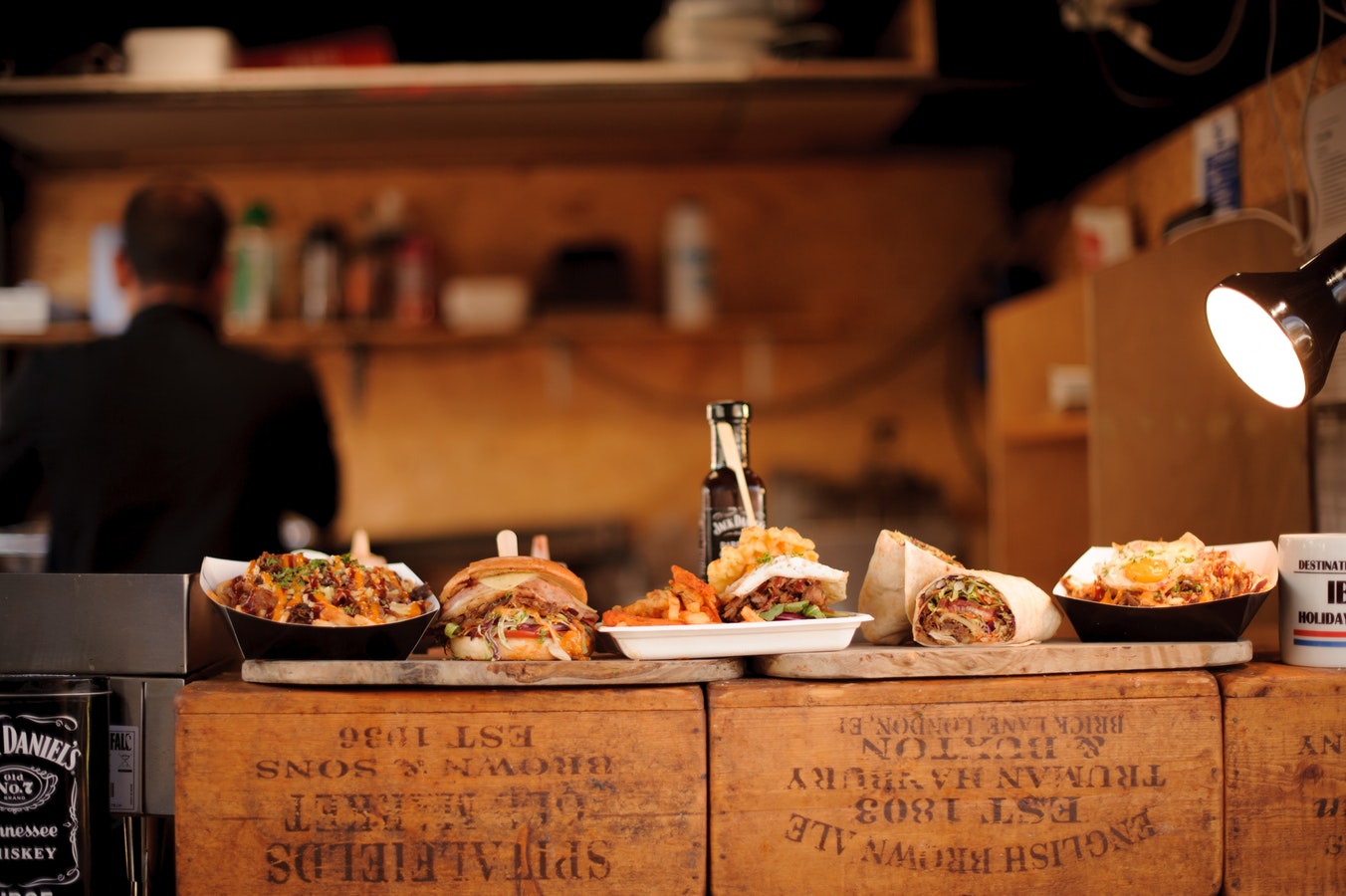

The food and beverage industry is a booming business where many successful entrepreneurs thrive. Besides the usual sit-down restaurants and retro-inspired diners, another popular trend has made a lasting mark in the field, which is none other than everyone’s favorite mobile catering. Launching a mobile catering business—be it a food cart, truck, van, or trailer—can be a unique and rewarding business venture for any entrepreneur. You may also see importance of business plan.
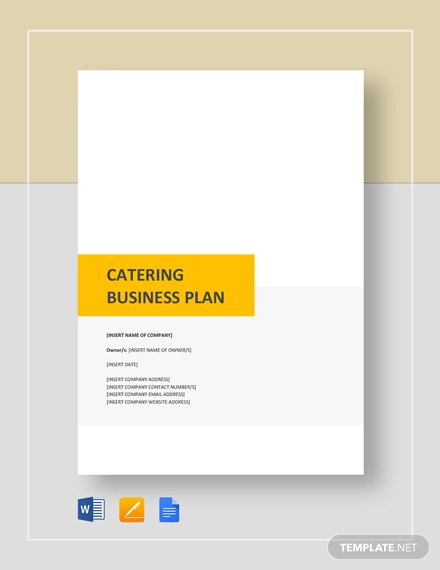
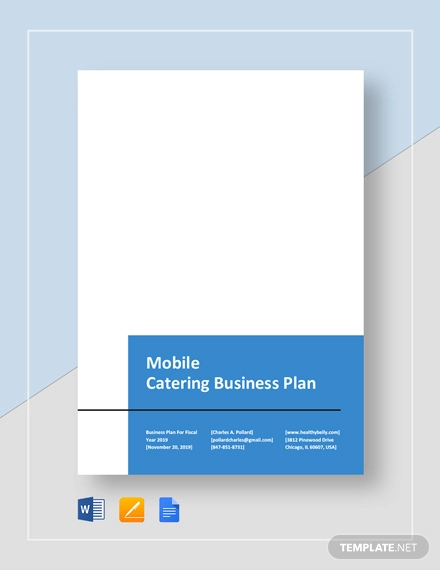
Yet, it can also be a highly challenging process with its own distinctive set of considerations that business owners must take into account before they can officially launch. Like any other endeavor, there’s a lot to take in, and it can often be a bit overwhelming. This is why having a well-defined catering business plan in place is vital to the company’s success.
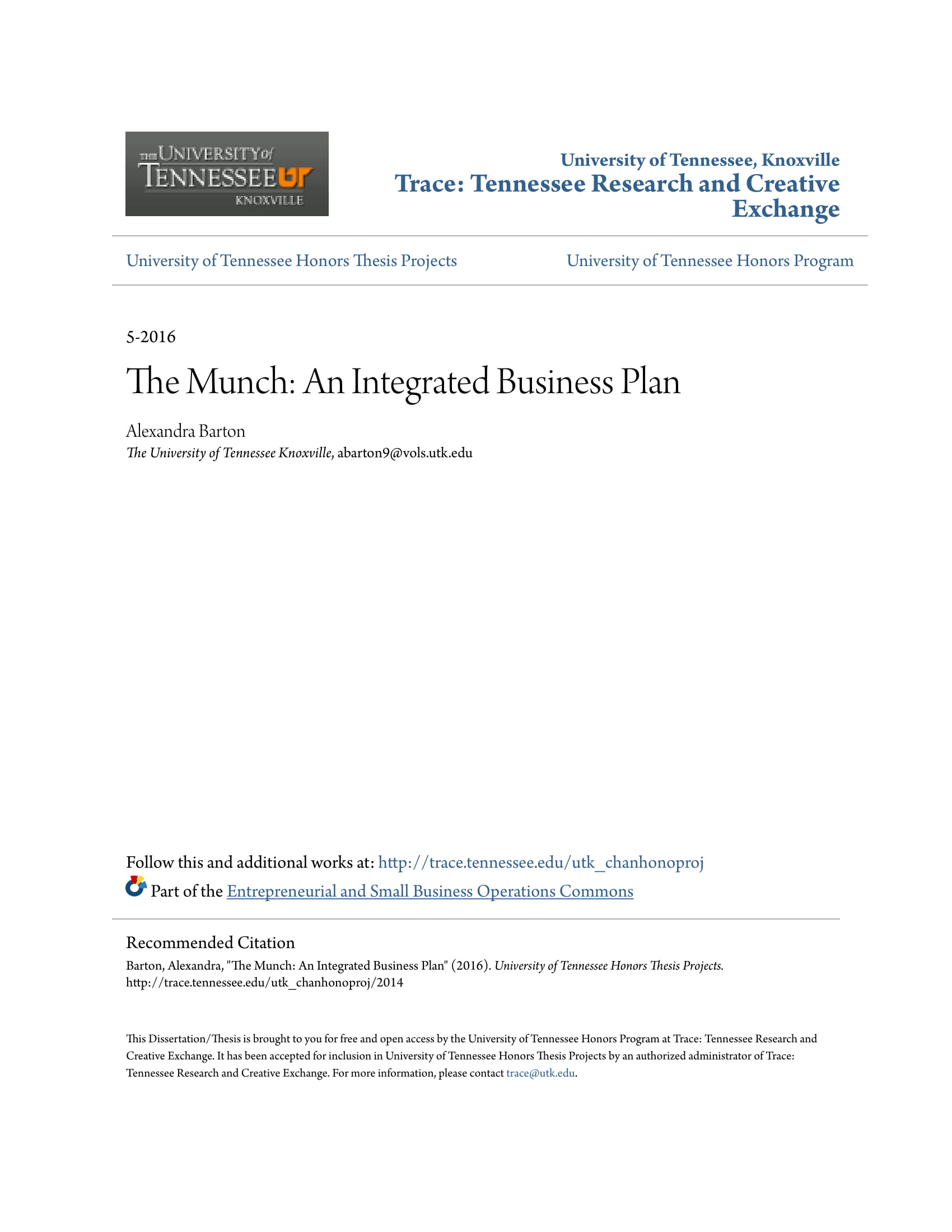
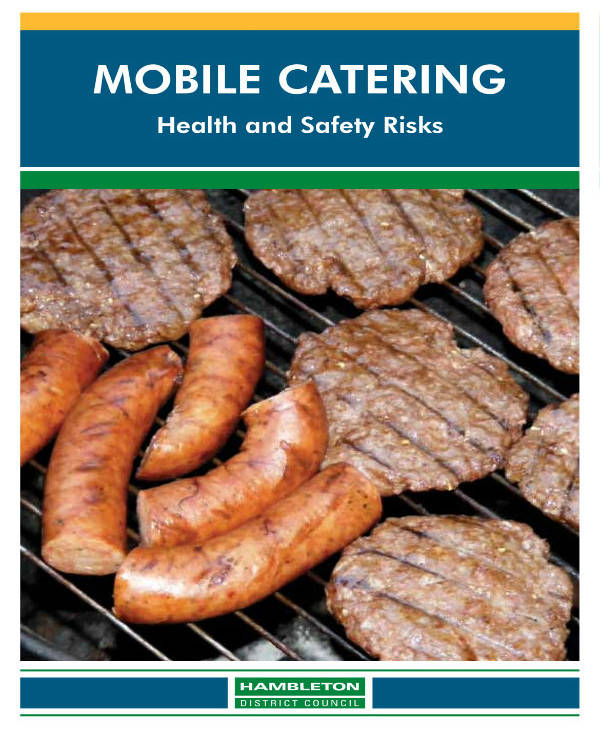

Hot dog stands. Ice cream trucks. Mexican food vans. Breakfast trailers. You name it, and you can find them just about anywhere!
Mobile catering is a type of business that involves selling food and/or beverage items from some sort of vehicle. Unlike the traditional street-side restaurants we’re accustomed to, most mobile catering businesses do not have a permanent service location.
Most of these businesses park around busy streets, concert arenas, sports stadiums, schools, parks, or any venue that generates the most traffic. And since the whole point of this type of catering is to transport goods to different consumer bases, having a good vehicle to make your rounds is beneficial in a lot of ways. You may also see annual plan examples.
Here are some of the most common types of mobile catering vehicles that businesses invest on:
Food trucks are considered to be the most preferable vehicle choice of most vendors in the mobile catering industry. This has a lot to do with their wide range of sizes and mobility.
A food truck is to be defined to be a licensed, motorized mobile food unit used to sell a company’s offered items to the general public. The whole concept of a food truck usually varies from city to city. In some places, you can find food trucks with heating units attached to the back of a pickup truck. You may also like company plan examples.
But in other areas, a food truck is basically a delivery truck with a built-in mobile kitchen. These trucks typically carry fully functional kitchens that are specially regulated like any other commercial kitchen. These food trucks are also required to meet certain standards to ensure that the customized vehicle is safe to travel with in between uses. You may also check out how to make a business plan.
The great thing about food trucks is that it’s far more mobile compared to an average food cart or trailer. Drivers can also settle in parking spaces designated for one or two cars, which can be convenient along street-side locations.
If you don’t have the money to invest on a food truck, or if you think the size of the vehicle is too large for your own liking, then you could opt for a food cart instead.
Food carts are different from food trucks not just in size, but because of how they do not travel under their own power. These carts are usually towed by another vehicle and are dropped off at a particular location for the time they’re permitted, which can last for a few years or so. You might be interested in catering receipt examples.
Take note that the capacity of a food cart are also limited due to its size. Cooking equipment, ingredients, and other stocks may be difficult to store alongside staff members inside the vehicle. While being smaller in size does have its downsides, if you look at it from a different perspective, it also carries several advantages in terms of cost-effective alternatives. You may also see catering invoice examples.
With less space, powering your cart would require lower costs in propane and electricity. Having a lower power head to operate gives you the opportunity to maintain a lower price range than that of competing mobile businesses.
Similar to food carts, food trailers also require a drive-train system to tow them around. You might have heard about people camping or living in trailer houses, so you can just imagine the amount of space that vendors can maximize inside the vehicle. The size of the trailer allows business owners to install much larger kitchens and storage equipment to cater to a much larger crowd. You may also like examples of catering logo designs.
However, the size and limited mobile capacity of a trailer has its disadvantages as well. Most cities do not allow trailers to park on public streets, which means that owners must only station their vehicle in a static location, or even limit its services toward serving customers at large events, such as music festivals and sports arenas. You may also check out strategic plan examples.
Every heard of a restaurant in a bus?
If you’ve tried eating at a food truck before and thought it was a unique dining experience to remember, then you’re sure to enjoy eating at the newest craze of mobile food catering: the bustaurant.
Rather than standing at a curb to order and eat your food or beverage meals, customers of these eateries are given the option to step on board and eat their meals at special dining tables built inside the bus.
Although the state-of-the-art designs and kitchen equipment is a fresh concept that appeals to many consumers, city ordinances still prohibit kitchen operations to push through while the vehicle is moving. This is to avoid fatal kitchen injuries or accidents from occurring. You might be interested in business plan guidelines examples.
Hence, most of the food served at the restaurant are either prepared off-site or while the bus is parked at a designated location.